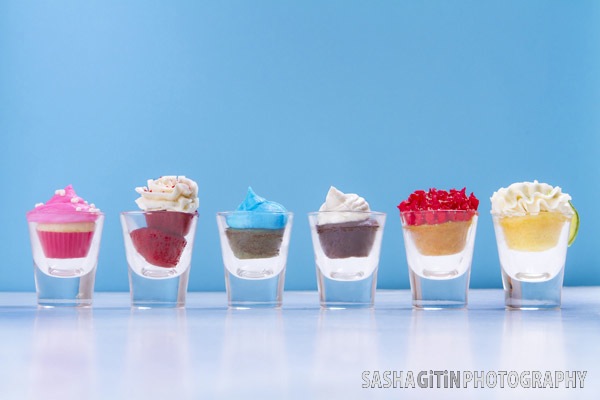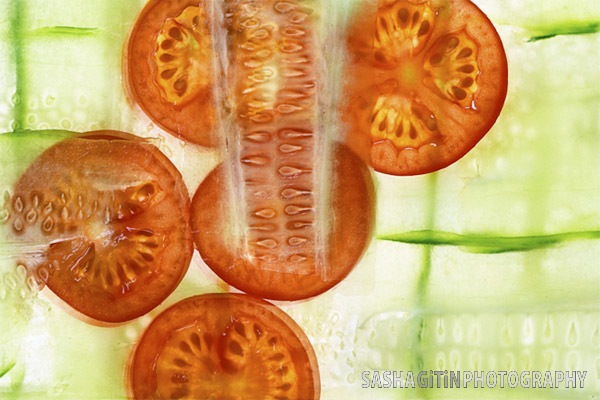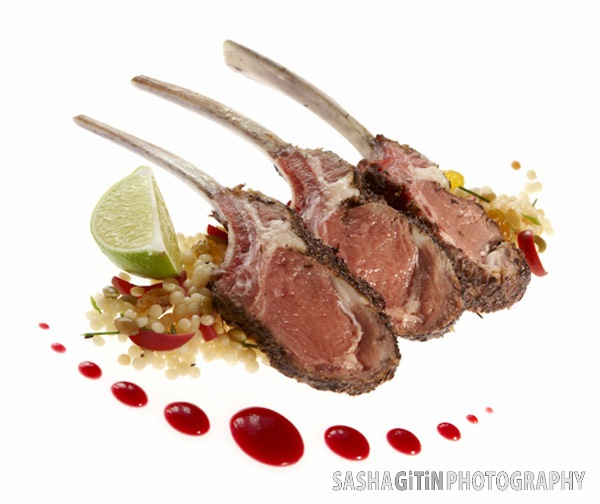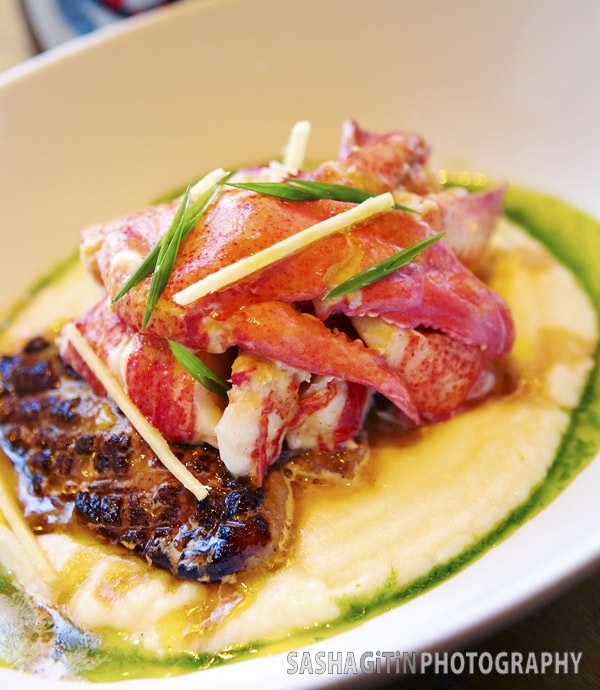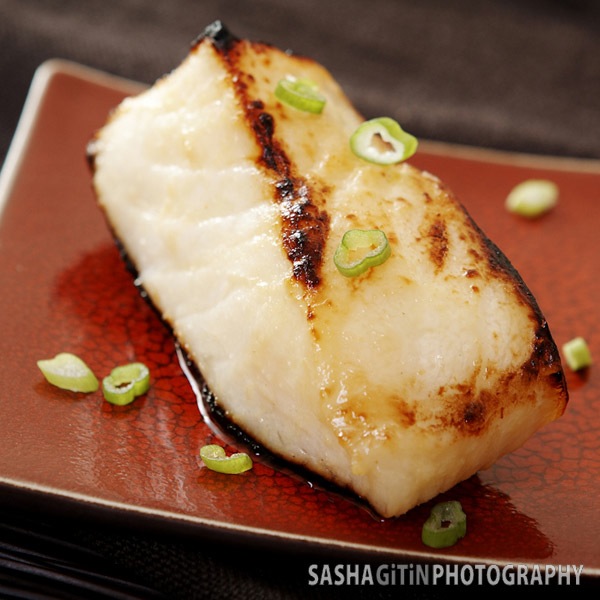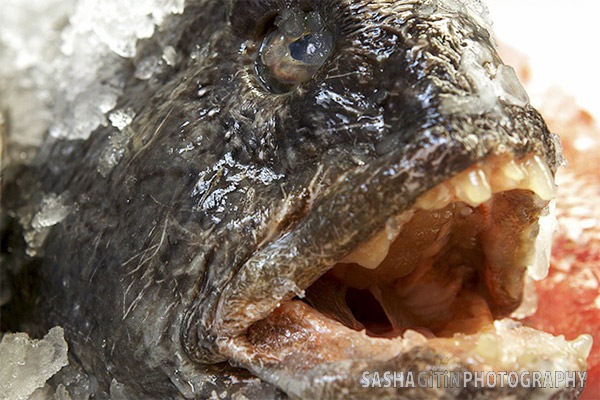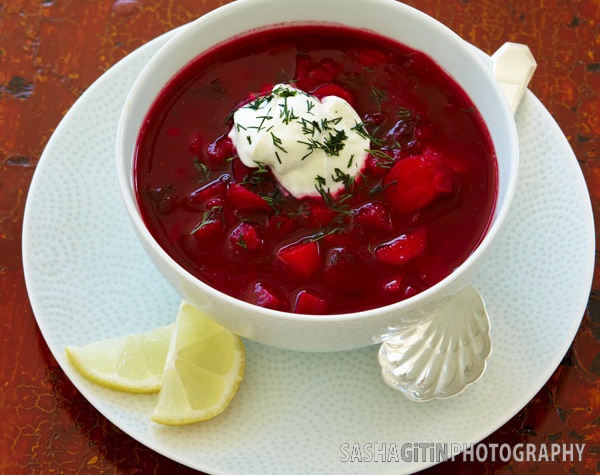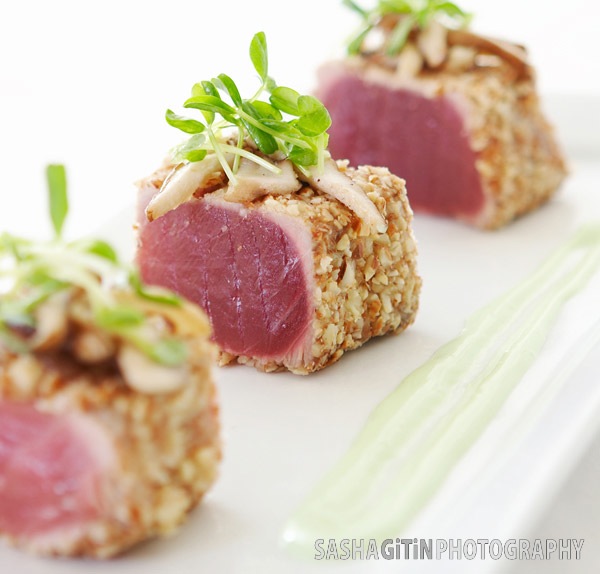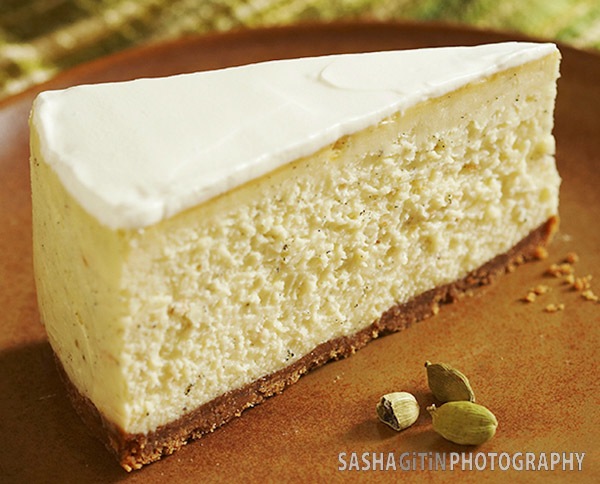Introduction
When it comes to food photography, capturing the best angle requires more than just technical skills. It is an art that stems from a combination of observation and intuition. Before composing your shot, take a moment to enter into a state of visual meditation. Move around your subject calmly and with bare eyes, simply observing. However, it’s important to keep in mind that this meditation cannot be indulged for too long as freshly prepared food loses its appealing freshness within a few minutes.
Food photography shares similarities with photographing people. Just as every person has their best side, each dish or ingredient has its most flattering angle. With the wide variety of food options available, along with diverse cooking and presentation styles, the possibilities for capturing the perfect shot are endless. This array of unique subjects offers an opportunity for infinite camera angle choices.
Top 10 Angles for Food Photography
1. Completely centered camera angle
To achieve a clean and contemporary look, position the camera completely centered to the subject. By keeping props to a minimum, you allow the focus to remain solely on the food itself.
2. From above
For a contemporary and graphic look, position the camera directly above the subject, ensuring it is perfectly centered. This angle provides a unique perspective that emphasizes the details and textures of the food. To learn more about overhead photography, refer to the helpful tips for shooting overhead.
3. Lost in space
If you want to create a shot that stands out, consider placing the food directly onto a white plexiglass surface. Position a soft box below the surface to eliminate shadows and create a seamless environment. Without any point of reference or sense of environment, you can experiment with unusual angles that capture attention and create intrigue.
4. Tilt towards
Experiment with tilting the camera to the right, causing the subject to appear tilted counterclockwise. This angle creates a welcoming and inviting composition that entices the viewer to indulge in the image.
5. Tilt away
Conversely, tilting the camera to the left will cause the subject to tilt clockwise. This creates a dynamic composition that draws the viewer in and evokes a desire to follow, creating a sense of movement within the frame.
6. Close up and personal
Don’t be afraid to get up close and personal with your subject. By shooting close-ups, you eliminate the need for a specific point of reference, allowing any angle to produce an appetizing image. Capture the intricate details and textures that make the food visually enticing.
7. Above with perspective
Position the camera above the front of the subject and tilt it upwards until the subject fills the frame. This approach maintains a graphic and dynamic composition that engages the viewer’s eye, encouraging them to scan the image from the foreground to the background.
8. Diagonal
For a visually striking composition, turn your camera so that the subject starts in one corner and ends in the opposite corner. This diagonal placement breaks the space in a captivating way and adds an element of visual interest.
9. With respect to the line
When framing your shot, align the edge of the frame with any visible lines within the subject. For example, you can align three parallel lines (such as the edges of a slice) with the vertical edge of the frame. This unique composition creates a sense of monumentality and adds importance to the specific element being photographed.
10. Gentle tilt
To guide the viewer’s eye through the entire image, consider using a gentle tilt. This slight tilt to the left or right avoids dividing the composition into two sections and allows the eye to flow freely, focusing on the intended focal point. By avoiding a horizontal line that divides the image, you create a more unified and visually pleasing composition.
Conclusion
When it comes to food photography, it’s essential to go beyond the rules and technicalities. While the rule of thirds is often emphasized, it’s important to let go of preconceived notions and trust your instincts. Instead of overthinking, move around your subject and truly see it. When a warm and fuzzy feeling enters your stomach and spreads to your chest, that’s the moment to press the shutter button. Intuition and feeling play a significant role in capturing the essence and beauty of food.
Further Reading on Food Photography
Sasha Gitin, a New York-based food and lifestyle photographer, is well-versed in capturing the artistry of food for advertising and editorial industries. To explore more of his work, visit his commercial portfolio at sashagitin.com. Additionally, Sasha is a co-founder of LearnMyShot.com, an educational photography blog where he generously shares tips and techniques for aspiring photographers.
The article is compiled and compiled by tipcamera.com


